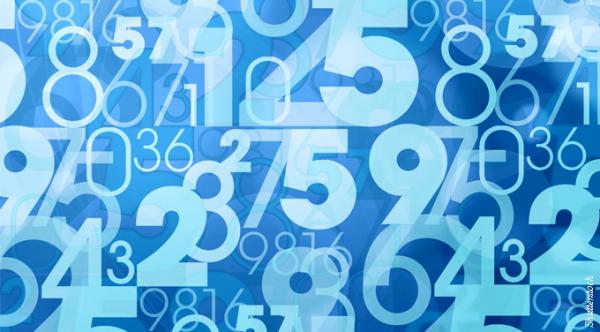It’s been a good few weeks for China’s economic decision-makers.
Official data showed exports in August rose 7.2% from a year earlier, surpassing all forecasts. The official purchasing managers’ index (PMI) for manufacturing hit a 16-month high while a private PMI of the service sector gave the best reading in five months. Figures for industrial production, retail sales and fixed-asset investment (FAI) have added to the rosy picture.

This has China watchers talking about “stabilization” in the world’s second-largest economy. The panic of the past few months has moderated, at least in mainstream discourse, and will likely give investors a lift.
Economists have responded to the changes accordingly. Following the recent data UBS, Deutsche Bank and Nomura hiked their growth forecasts for 2013 to 7.6% or higher.
These data however are not good news. “China’s economy is picking up speed. But the rebound is skewed towards investment, with state-led spending on infrastructure particularly strong,” London-based consultancy Capital Economics said in a note.
A closer peak at the numbers shows that credit and infrastructure spending are behind the “recovery.” As long as these traditional growth drivers continue to keep the economy ticking along and meeting targets, officials might shy back from pressing ahead with needed reforms.
Infrastructure spending surged 29.3% from a year earlier in August, the highest pace since December 2009. Growth in project authorization by local governments picked up to 22.6% year-on-year in August, from below 20% for the previous two months, offsetting a slowdown in central government backed investment, HSBC China economists said in a report.
Factory output surged 10.4% year-on-year, the biggest gain in 17 months, and was up 0.93% on a monthly basis. Power plants generated 498.7 billion kilowatt hours of electricity, up 13.4% from a year earlier. Such a big jump in power can only come on demand from heavy industry, an economic stalwart – steel output growth accelerated to 15.6% in August from 10.9% in July. Hardly signs of a tilt towards new industries and consumption; not promising either for sectors plagued by overcapacity and mounting debt piles.
Wasn’t consumption supposed to be the new source of economic expansion? Perhaps it will be, but last month the pace of growth in retail sales lagged that of industrial sectors.
Fueling this is Beijing’s low-key “mini-stimulus” enacted at the end of June. Capital was directed at new industries as well as traditional infrastructure projects including railways in underdeveloped parts of the country where they could deliver the biggest economic boost.
The healthier looking state of the economy today should therefore not come as much of a surprise. Instead, it should be a concern.
Just as we were seeing signs of reform – less off-sheet balance lending, indications that officials could lower GDP growth targets to enable meaningful rebalancing – old issues resurfaced.
Take a look at credit. Total social financing, the broadest measure of money in the economy, rose to US$256 billion in August from US$163 billion in July. Shadow banking activity – the source of so much dangerous debt – is showing signs of a revival. Entrusted loans, which are made between companies with a bank acting as a middle man, hit an all time high last month.
Nobody should be fooled: Tough times are ahead. Although third and fourth quarter growth has been given shot of stimulus steroids to meet the headline 7.5% figure for the year, 2014 won’t be pretty. Strong GDP data coming will be an indicator that things are getting worse.